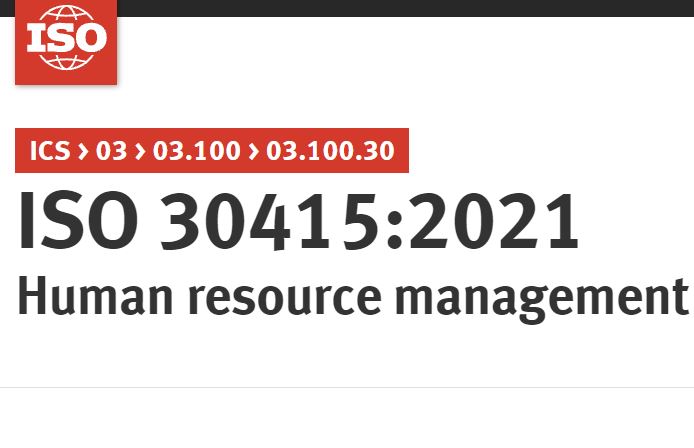In this blog, I will introduce the new international standard ISO 30415:2021 which provides guidance on instilling diversity and inclusion in organisations.
Fostering a diverse and inclusive organisational culture can enable individuals and teams to thrive and do their best in conditions that enable effective collaboration and participation.
The ISO 30415:2021 standard can help organisations to:
- Become fairer and more socially responsible
- Build an inclusive culture
- Foster team collaboration and participation
- Increase innovation
- Enhance resilience
- Strengthen sustainability
- Enhance reputation
- Recognise opportunities and manage risks
Implementing this standard can help socially responsible organisations help people, regardless of identity, background, or circumstances, to access work and develop knowledge, skills, and abilities critical to their personal development and wellbeing.
Implementation of ISO 30415 also supports the UN Sustainable Development Goals Including:
- Goal 5 on gender equality
- Goal 8 on decent work and economic growth
- Goal 9 on industry, innovation, and infrastructure and
- Goal 10 on reducing inequalities
The structure of the new standard does not follow the usual Annex SL framework for management systems.
ISO 30415 helps organizations embed D&I in their workplaces by providing guidance and methods on:
- Prerequisites for demonstrating an ongoing commitment to D&I
- Accountabilities and responsibilities for D&I
- Approaches to valuing diversity and fostering the development of an inclusive workplace
- Identifying D&I objectives, opportunities and risks, actions, measures, outcomes, and impacts
There are 8 main clauses in the standard and the requirements are outlined below Each clause outlines the objective to be achieved under each heading together with the actions required to achieve the objectives, suggested measures, and the potential outcomes.
Clause 4 Fundamental D&I prerequisites
Clause 5 Accountabilities and responsibilities
Clause 6 D&I framework
Clause 7 Inclusive culture
Clause 8 Human resources management cycle
- Workforce Planning
- Remuneration
- Recruitment
- Onboarding
- Learning and development
- Performance management
- Succession planning
- Workforce mobility
- Cessation of employment
Clause 9 Products and services – design, development, and delivery
Clause 10 Procurement and supply chain relationships
Clause 11 External stakeholder relationships
It uses the human resource life cycle, delivery of products and services, supply chain relationships, and relationships with external stakeholders to ensure equity, fairness, and equality.
The standard uses continual improvement following the Plan, Do, Check, Review approach.
Annex A of the standard includes a very useful Self-assessment checklist which will allow an organisation to look at their status compared with the recommended D&I actions in the standard. The checklist is a gap analysis and can help identify D&I opportunities and risks and how they can be optimised and mitigated.
ISO 30415 does not address the specific aspects of relations with labour unions or work councils, or country-specific compliance, legal requirements or litigation.
Can an organisation get certification to ISO 30415?
- Generally, an organisation can’t get certified to a guidance standard.
- However, some certification bodies have already begun to offer ISO 30415 certification (this may be non-accredited).
- Any sort of organisation can benefit as the standard can be used by public, private, governmental, or non-governmental organisations (NGOs).
- It can be used by senior management, HR professionals and others such as Diversity and Inclusion Managers.
- Certification to the standard can help your organisation achieve its goals towards diversity and inclusion.
Antaris will be providing more detailed information and blogs on the new guidelines in the near future.








